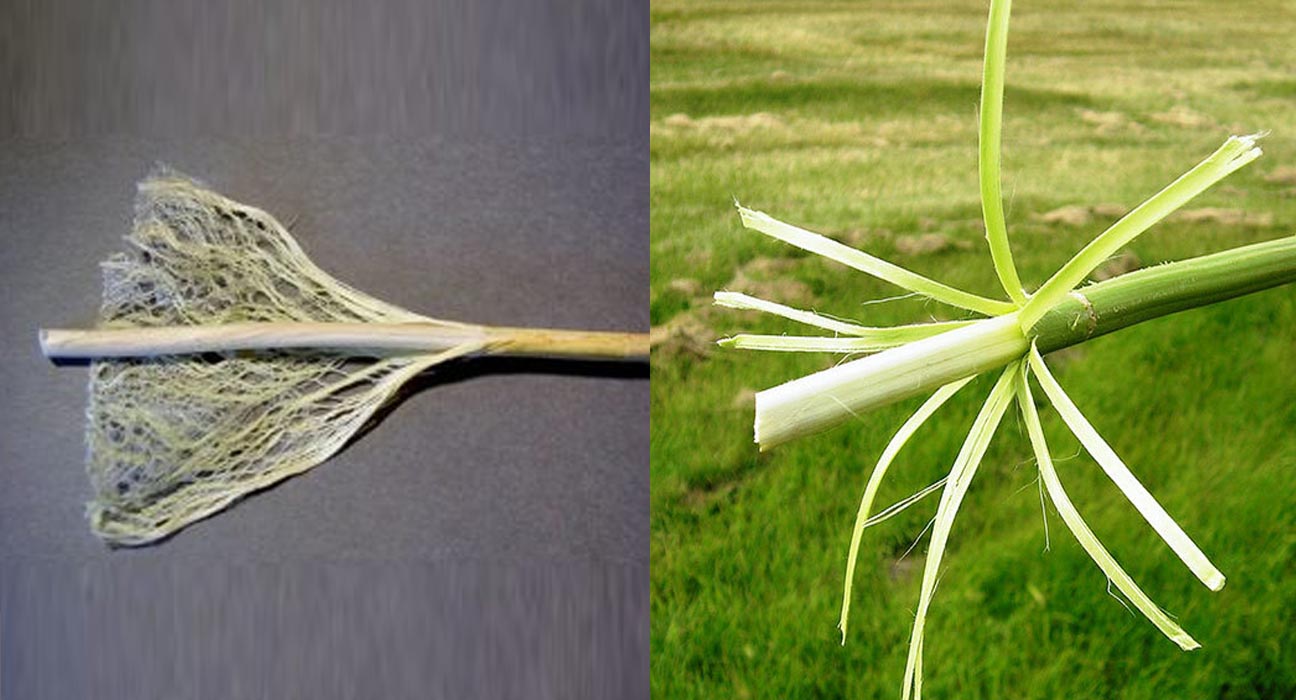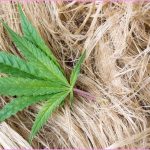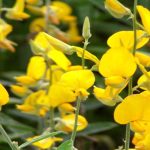Bast Fiber is also known as Phloem Fiber or Skin Fiber. Bast Fiber is collected from the phloem or skin of the dicotyledonous plants. This fiber is one of the major sources of Natural Fiber. List of Bast Fiber are given below:
Bast Fiber List:
- Jute Fiber
- Hemp Fiber
- Kenaf Fiber
- Ramie Fiber
- Roselle Fiber
- Sunn Hemp Fiber
- Urena Fiber
- Flax Fiber
- Abutilon Fiber
- Abaca Fiber
- Henequen Fiber
- Pineapple Fiber
- Mitsumata Fiber
- Gampi Fiber
- Kozo Fiber
- Banana Fiber
Bast Fiber List
1. Jute Fiber:
Jute fiber is a type of plant fiber that is widely known for its ability to be spun into strong and coarse threads. This fiber has some unique physical properties like high tenacity, bulkiness, sound & heat insulation property, low thermal conductivity, antistatic property, etc. Due to these qualities, jute fiber is more suited for the manufacture of technical textiles in certain specific areas.
Read: Properties and uses of Jute fiber
2. Hemp Fiber:
Natural and organic fibers become more and more popular these years. Hemp fiber is one of the most environmentally friendly fiber. These fibers are cellulosic fibers. Hemp fibers are one of the strongest and most durable among all of the natural textile fibers. This fiber shows similar properties like all of the natural bast fiber and excels in fiber length, durability, strength, absorbency, and mildew, and anti-microbial properties.
Read : Hemp Fiber | Properties | Uses | Extraction Process |
3. Kenaf Fiber
Kenaf is primarily grown for its fiber. It has as amazing ability to grow up to 14 feet in one growing season, yielding around 6 to 10 tons of fiber per acre. fibers in kenaf are usually found in the bark, which constitutes 40% of the plant, and at the core which makes 60% of the plant. Kenaf fibers are used for making textiles, for more than thousands of years. The Egyptians used these fibers to make boat sails and other textiles. Fibers made from the outer layer of the plant were used for making cords, ropes, and storage bags.
Read: Kenaf Fiber Properties and Uses
4. Ramie Fiber:
Ramie (pronounced Ray-me) is one of the oldest vegetable fibers and has been used for thousands of years. It was used for Chinese burial shrouds over 2,000 years ago, long before cotton was introduced in the Far East. The ramie plant has been cultivated in eastern Asia for fiber since prehistoric times.
Read: Ramie Fiber | Properties | Uses | Production |
5. Roselle Fiber:
oselle fiber is a type of natural fiber. It can be utilized as a potential reinforcement filler in polymer composites for different applications. It is a bast fiber that has great economical importance.
Read: Roselle Fiber Properties and Uses
Bast Fiber List
6. Sunn Hemp Fiber
Crotalaria juncea, known as brown hemp, Indian hemp, Madras hemp, or sunn hemp Fiber. Sunn is likely native to the Indian subcontinent; where it has been cultivated since prehistoric times. The sunn plant is not true hemp. The fiber is made into cordage, fishing nets, sacking fabrics; canvas, and rug yarns and is used to manufacture such paper products as cigarette and tissue papers. The plant is also cultivated in many tropical countries as a green manure crop that is plowed under to fertilize the soil.
Read Sunn Hemp Fiber | History | Application, and Uses |
7. Urena Fiber
Urena Fiber is a bast fiber. It is one of the oldest fiber. The bast fiber from Urena lobata is widely used traditionally for making cordage and coarse textiles. And industrially as a substitute for jute (Corchorus spp.); for instance to make sacks; carpets, cordage, and upholstery.
Read : Urena Fiber | Properties and Uses |
8. Flax Fiber
9. Abutilon Fiber
China is a large, agricultural nation with more than 100 kinds of bast fiber plants. Chinese Abutilon theophrasti fiber (AF) ranks first in the world for yield; however, its application in the textile field is limited due to its characteristics. It is also known as Abutilon Fiber.
Read: Abutilon Fiber | History | Production |
10. Abaca Fiber:
Abaca Fiber is extracted from the stalk of the plant. It is also known as Manila hemp. It is a Musasea family plant native to Asia and planted in humid areas including in the Philippines and East of Indonesia. Abaca fibers are extensively used to produce ropes, woven fabrics, tea bags, etc. It is also called biodegradable and sustainable fiber.
Read: Abaca Fiber | Properties and Uses
Bast Fiber List
11. Pineapple Fiber
Pineapple is a fruit that is known to all. We think that only fruit is useful and other parts of the fruit are garbage. What we think is wrong. We can produce fiber from pineapple leaf which is known as Pineapple fiber or pina fiber and is natural fiber also.
Read: Pineapple Fiber | Properties and Uses |
12. Banana Fiber
Banana fiber is a natural fiber. It is a lignocellulosic fiber. It is obtained from the pseudo-stem of the banana plant (Musa sepientum). Banana fiber has been used historically to produce our clothes; carpets, cordage, paper, ship sails; and insulation and building materials.
Read: Banana Fiber | Properties | Uses | Production |
Sources:
You May Also Read:





